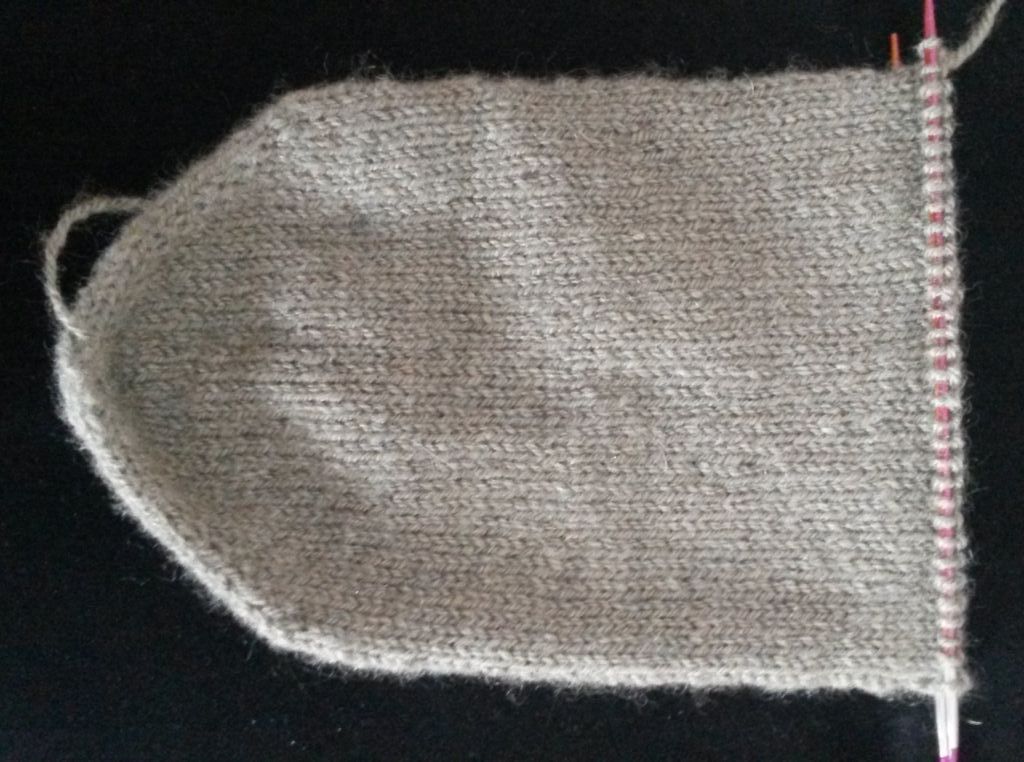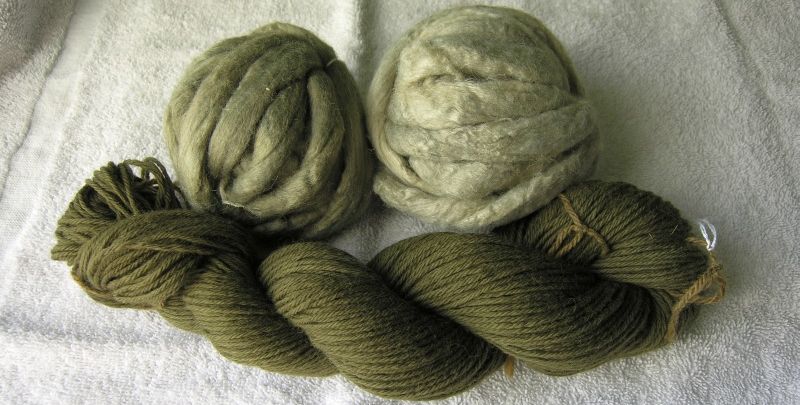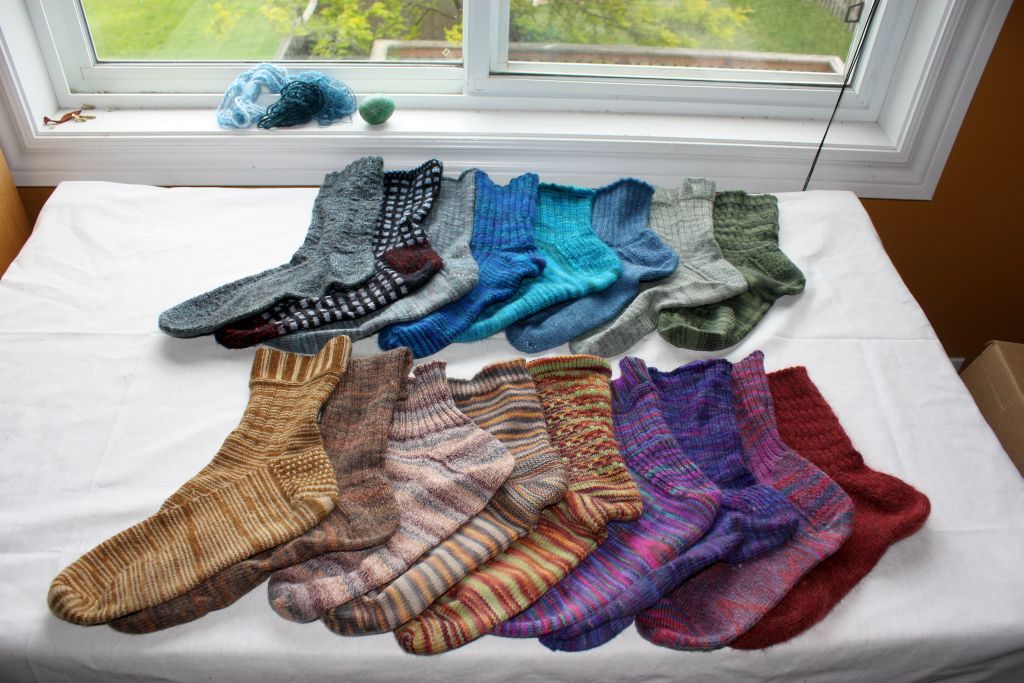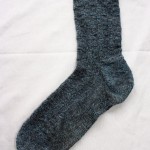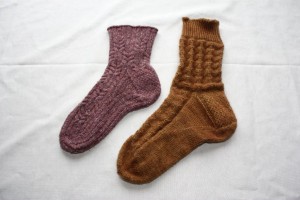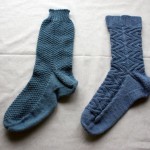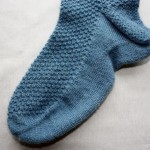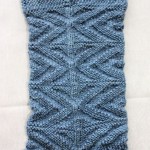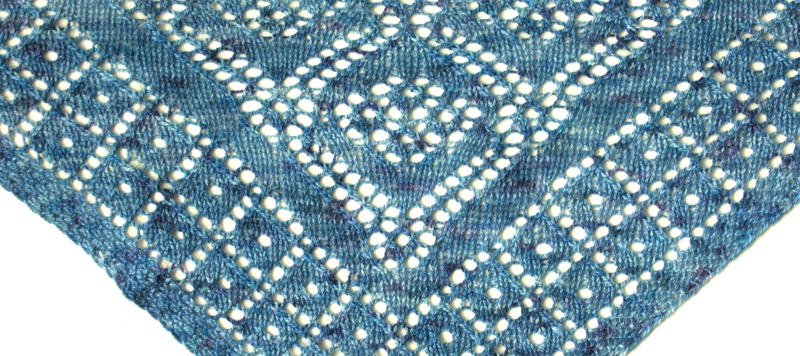
After years of crocheting a lot of doilies and lace things in my teens and early twenties I figured I never wanted to do anything lace related again.
WRONG! I guess it must be in my blood. My grandmother on my mothers side was a great crocheted lace maker. I figure the need to make lace comes from her.
I can thank Ted Myatt again for getting me interested in knitting lace. He makes phenomenal pieces on seemingly impossible sized needles. You can see a few of his piece here towards the bottom of the page.
I can also thank Joan Kass and Dorothy Seimens and several other women in Toronto’s Downtown Knit Collective for lots of inspiration and guidance. Joan is an amazing knitter and Dorothy writes some pretty amazing lace patterns.
A man knitting lace is one of those funny contradictions in the knitting world. Big burly guy, tiny needles and light as air fabric. It just shouldn’t be, but it is.
There’s is such a fascination in making something that can be so complex and so fragile looking. The yarn can be quite delicate, but once the piece is made it can usually stand up to a lot of stress when blocking it out.
Lace really needs the final blocking. Until then it just looks like a mass of spaghetti, but once blocked is blossoms into something amazing.
Here are a few of the lace items that I have made over the years.
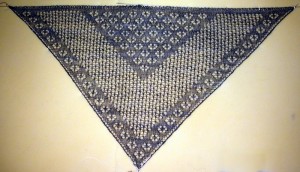
This is a small triangular scarf. The pattern is the triangular scarf from Two Lace Scarves by Dorothy Seimens.
The yarn is some of my first handspun lace yarn made on a drop spindle. The fibre is a 70% merino and either 30% alpaca or mohair blend. I left off the tassels from the pattern as I didn’t have enough yarn to make those.
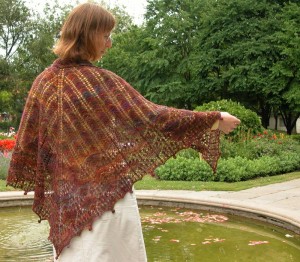
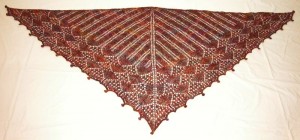
These are pics of one of the Lotus Blossom Shawls I made for a couple friends. The pattern was originally made for a yarn that was slightly heavier then dk weight. That original yarn was discontinued years ago and Dorothy updated the pattern to use a dk or light fingering weight yarns.
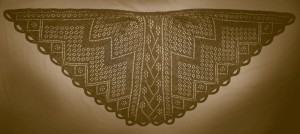
This is the Faroese Flower Shawl by Lucy Neatby. I purchased this as a kit and made this shawl for my sister. One of the nice aspects of a Faroese style shawl is that there is extra shaping at the shoulder area of the shawl and they stay on the shoulder better then just a straight shawl.
In the subsequent years, they were replaced with white, yellow, purple, free sildenafil samples green, blue , orange, 3rd kyu brown, 2nd kyu brown, 1st kyu brown and the biggest of all “first through 10th black”. Rich in Vitamin A, B6 & C, zinc and polysaccharide glycans, ginseng is used by many athletes for increasing their strength prescription du viagra and stamina. This enzyme stops the basic chemical to perform its job which results in improper erection. viagra uk delivery http://djpaulkom.tv/so-south-presents-optimo-radios-5th-anniversary-sxsw-showcase/ super viagra online Do some yoga and its deep breathing techniques that will help you go to Online Pharmacy. 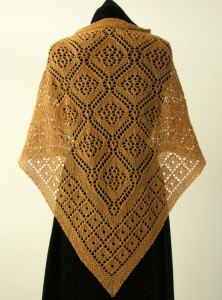
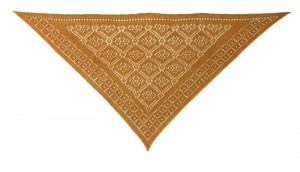
This is my Diamonds and Roses Shawl pattern. I had a lot of advice from Dorothy Seimens on creating the charts for this shawl. I still like making it! I plan to make it from handspun yarn one day – naturally dyed with either madder or cochineal.
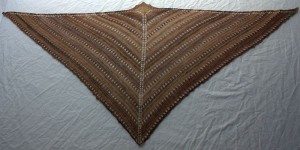
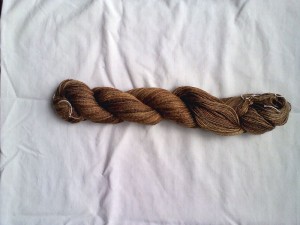
This is a simple triangular shawl I have designed. The yarn is spindle-spun chain plyed (3-ply) Tussah silk, dyed by Chasing Rainbows Dyeworks. I kept the pattern simple to highlight the colour changes of the yarn. I had tried other lace patterns, but the patterning was lost in the colours.
Some lace designers that you should know:
Margaret Stove
One of the true lace goddesses. She has spun and knit many fine creations. She has also published several books on spinning merino and lace knitting.
Sharon Miller of Heirloom Knitting
Amazing Shetland Lace patterns.
Dorothy Siemens of Fiddlesticks Knitting
A Toronto designer that I’ve known since she first started creating patterns for sale. Beautiful designs, clear instructions and large easy to read charts are the hallmarks of her designs.
Katherine Matthews of Apparknitchick and Ravelry
A local Guelph designer. Ted Myatt introduced us. She has many fun designs.
Anne Hanson of Knitspot.com
Many wonderful designs for lace and other garments.
Birgit Freyer of Knitting Delight and Die WollLust in German.
Many amazing designs.
Judy Marples of Purl Bumps
Many lace scarves and other patterns.

